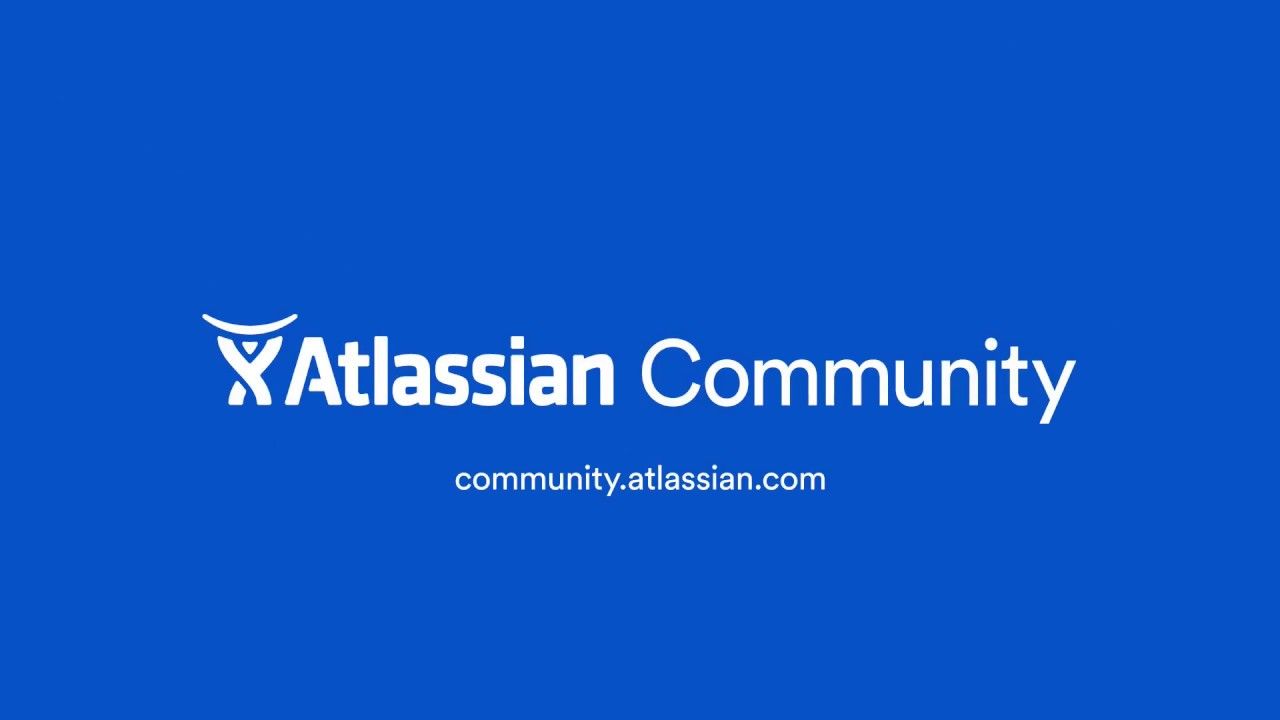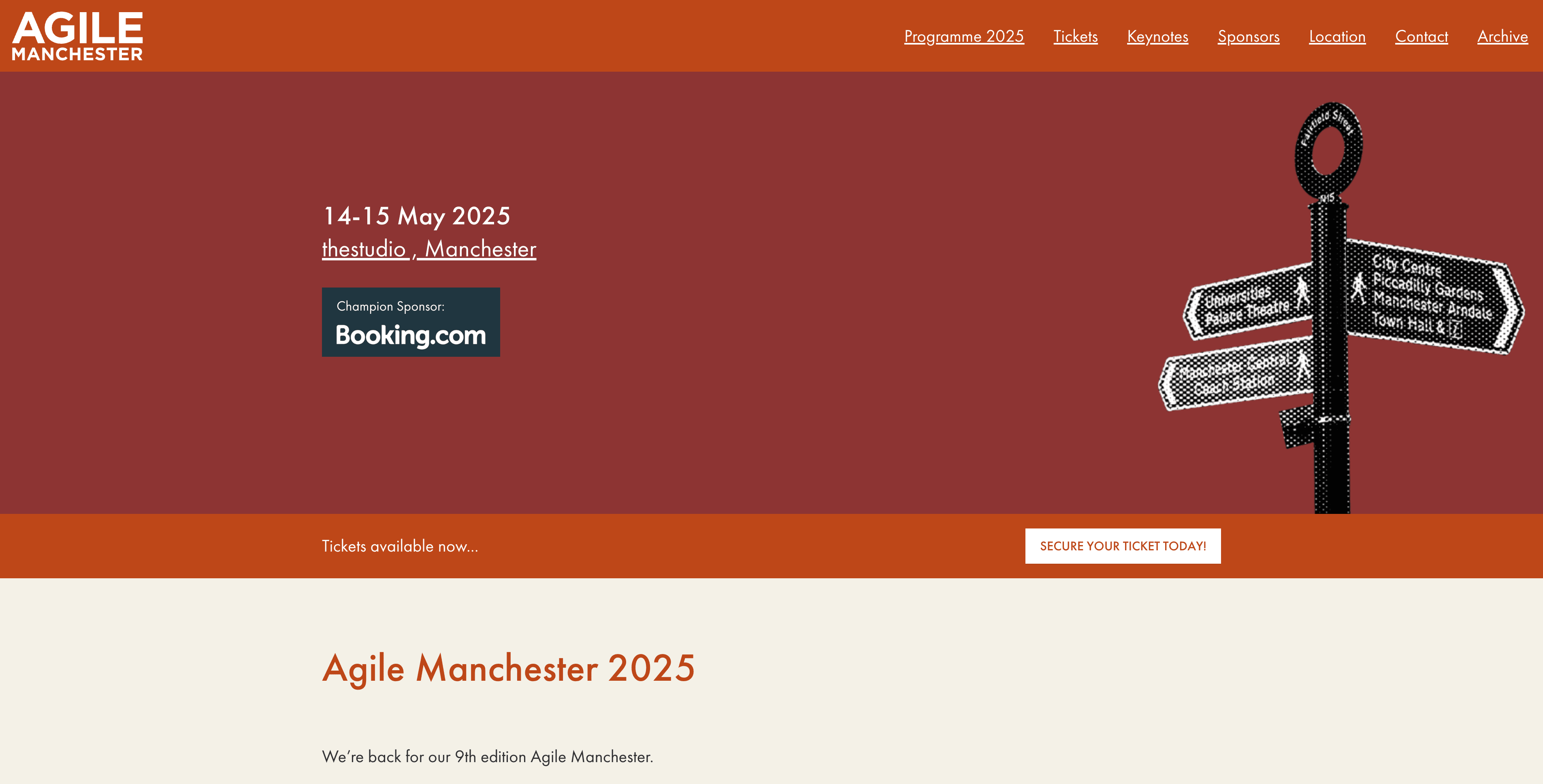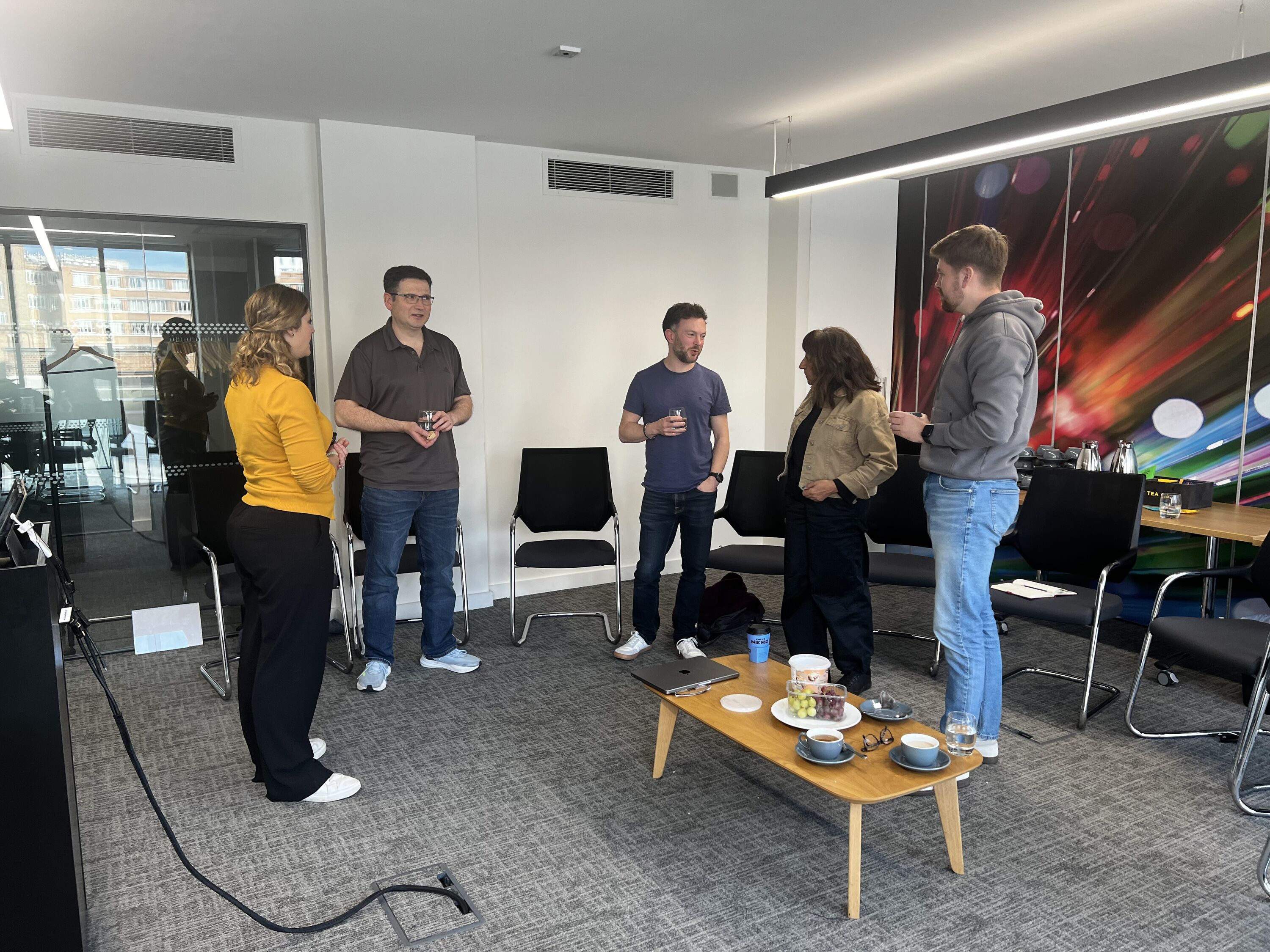Geoff Watts on Servant Leadership and Stew Able on Architecture and Agile
Geoff Watts on Servant Leadership and Stew Able on Architecture and Agile
Our main speaker this month was Geoff Watts, giving some Agile Yorkshire airtime back to Scrum. Opting to forgo the usual accompaniment of slides, Geoff's face and flipchart were what we expected to look at for the next hour. Not so, we soon learned, as Geoff's presentation quickly had us on our feet lobbing rubber balls about to the tune of a last-letter-first game, a technique he uses to encourage team members to interact with each other more effectively.
As an experienced Scrum Master, Geoff has observed many teams working well (and not so well) together. No two teams are going to be the same, but there are predictable areas to consider when trying to get the best out of any one of them. A certain level of informality helps, Geoff suggests, as people tend to feel more accountable to those they know better. To this end, in another game we tried to make connections between members of small teams formed from the Agile Yorkshire audience. The team I was part of learnt that two of its members were connected by injuries sustained dancing to the music of Pulp! A lifelong bond was formed that night.
Geoff highlighted areas often overlooked in considering why a team is failing to meet its targets, the targets themselves, for example. Too short a sprint and the team can end up too focused on that short-term goal, killing potential creativity and longer-term success. Then again, short sprints can provide a lot of feedback, building a more resilient, responsive team. Geoff's talk showed that there's a lot to consider in building a good Scrum team, and a good servant-leader should help teams to solve their own problems, getting them to figure out what works best for themselves.
The other speaker for the evening was Agile Yorkshire regular Stew Able, with his talk entitled 'Architecture and Agile'. Good architecture aims to aid the building of effective software but also to give its developers ease of access to extend the system to which it is applied. It can however quickly become muddied by the need to consider cross-cutting concerns like auditing and logging.
Stew posits that architecture is everyone's responsibility, and that team members of all levels of ability should be able to make valuable contributions. Questioning why certain patterns exist in the code base can lead to a better end result and shared understanding of the system amongst more people. Different views of the architecture should exist for the different parties involved, to enable as much contribution and understanding of it as possible. Its documentation should be lean and up to date so it is as inviting to read and as relevant as it can be. Stew's talk made it clear that Agile development at its best has architecture as part of the process, as a system's architecture will certainly affect the work taken on by any Agile team. Stew's slides are available here.
The evening ended with the monthly prize draw and drinks in the Midnight Bell. Thanks to all our volunteer team who make the event happen and finally thanks to main sponsors iSource IT, Piksel, Callcredit and NewRedo and to our prize sponsors O'Reilly, JetBRAINS, Manning, Wrox and PluralSight.












